Artist's deconstructed fight scene reveals struggles of the subconscious
Wed 02 May 2018, 14:12:49

In a monochromatic, sparse landscape, two muscular figures prepare for combat. After standing together in silence, one of them launches a gravity-defying aerial kick, initiating a series of artfully shot fight scenes.
The fight is part of an arresting 14-minute film, titled "Ruthless Logic," that uses a combination of slow-motion sequences, close-ups and overhead shots to reveal the technicality of Chinese martial arts.
The combatants' back-and-forth is an explicit nod to classic Hong Kong kung fu movies. But the project's director, New York-based artist Xavier Cha, said that she intentionally eschewed some of the movie genre's hallmark tropes.
Instead of the quick, syncopated movements and amplified sound effects viewers have come to expect from fight scenes, Cha opted for moments of graceful, slow-paced choreography and a hypnotic track by electronic music producer Lafawndah. Shots fixated on the fighters' taut sinews and pulsating veins ensure that no intensity is lost in the process.
"I am using martial arts -- or the apparatus of the genre -- and deconstructing it to provoke different reactions," Cha told CNN on the studio set of "Ruthless Logic."
"Usually there's a climatic moment [from kung fu fight scenes] that is used to get this standard response, so I'm just going against that."
"I wanted to disrupt typically engendered responses from action or fight scenes -- the typical thrill," she later added in an email.
"There is a 'gratifying' rhythm and pacing to conventional fight scenes that gives the viewer exactly what (it's) designed to -- a climactic rush of emotional tugging, like the anticipation of a roller coaster."
"It's a very predictable formula or arc. In 'Ruthless Logic' I hint at these traditional arcs but deny the expected emotional reactions. Instead, you feel a hypnotic or wave-like trajectory."
Subverting traditions
Specializing in experimental performance-based art, Cha's work has focused on ideas such as human form, emotion and physicality.
Previous works include "Abduct," an unsettling short film whose characters, trapped in a clinical laboratory, wrestle with conflicted feelings, and "Body Drama" at the Whitney Museum of American Art, in which actors performed using body-mounted cameras showing viewers only their faces.
She admits to being largely unfamiliar with kung fu films until recently, but said that this enabled her to construct -- or deconstruct -- a fight scene from a new perspective.
"I feel very comfortable because it is so unfamiliar," she said. "That's the point. I want a very different approach, because I have no idea what happens on a martial arts set. I'm not concerned with what people are expecting."
The fight is part of an arresting 14-minute film, titled "Ruthless Logic," that uses a combination of slow-motion sequences, close-ups and overhead shots to reveal the technicality of Chinese martial arts.
The combatants' back-and-forth is an explicit nod to classic Hong Kong kung fu movies. But the project's director, New York-based artist Xavier Cha, said that she intentionally eschewed some of the movie genre's hallmark tropes.
Instead of the quick, syncopated movements and amplified sound effects viewers have come to expect from fight scenes, Cha opted for moments of graceful, slow-paced choreography and a hypnotic track by electronic music producer Lafawndah. Shots fixated on the fighters' taut sinews and pulsating veins ensure that no intensity is lost in the process.
"I am using martial arts -- or the apparatus of the genre -- and deconstructing it to provoke different reactions," Cha told CNN on the studio set of "Ruthless Logic."
"Usually there's a climatic moment [from kung fu fight scenes] that is used to get this standard response, so I'm just going against that."
"I wanted to disrupt typically engendered responses from action or fight scenes -- the typical thrill," she later added in an email.
"There is a 'gratifying' rhythm and pacing to conventional fight scenes that gives the viewer exactly what (it's) designed to -- a climactic rush of emotional tugging, like the anticipation of a roller coaster."
"It's a very predictable formula or arc. In 'Ruthless Logic' I hint at these traditional arcs but deny the expected emotional reactions. Instead, you feel a hypnotic or wave-like trajectory."
Subverting traditions
Specializing in experimental performance-based art, Cha's work has focused on ideas such as human form, emotion and physicality.
Previous works include "Abduct," an unsettling short film whose characters, trapped in a clinical laboratory, wrestle with conflicted feelings, and "Body Drama" at the Whitney Museum of American Art, in which actors performed using body-mounted cameras showing viewers only their faces.
She admits to being largely unfamiliar with kung fu films until recently, but said that this enabled her to construct -- or deconstruct -- a fight scene from a new perspective.
"I feel very comfortable because it is so unfamiliar," she said. "That's the point. I want a very different approach, because I have no idea what happens on a martial arts set. I'm not concerned with what people are expecting."
The film's stars, Rafael Reynoso and German Cheung, combine martial arts, like Wing Chun and tai chi, with elements of dance in their performance.
Cha's project also brought together a sizable crew of camera operators, lighting specialists and
fight directors, with CGI added in the post-production process. On set, she employed typical action film techniques, like wire work and "bullet-time" effects.
Yet, many of her filming methods subvert industry traditions, taking viewers to surprising places. In doing so, some of the fight scenes came to resemble a video game, according to Kwan Pun Leung, a Hong Kong cinematographer who served as the project's director of photography.
"Sometimes, in video games, when the hero hits the bad guy, you can repeat that motion," said Kwan in a phone interview. "You can replay it (and) you can zoom in from a wide shot to a specific part -- with a different angle or part of the body -- to exaggerate it."
"But we did it differently. When we zoomed in, we would go to an unimportant part of the body. It helps the audience come out of the scene... to jump out of the drama and be conscious of something different, which helps them to rethink what they're used to being drawn into."
An 'inner subconscious world'
Cha created the project specifically for exhibition in Hong Kong, a city whose kung fu movie industry attracted international attention when Bruce Lee popularized the genre in the 1970s.
Currently on show at -- and produced by -- experimental art space Empty Gallery, "Ruthless Logic" holds particular significance in this historical context, according to the gallery's director, Stephen Cheng.
"There is so much of Hong Kong's identity in this," he said on the set of the film. "[Kung fu movies are] kind of a dying industry in Hong Kong, so it means a lot to me to do this."
Cheng recruited some of the industry's top talent -- including Leung and fight choreographer Jack Wong -- to take advantage of local expertise in filming martial arts.
"I have really understood -- when we're watching the fighters on camera -- that it is not a fake fight, even when there's no contact. It's all about intention. The best performance the fighter can give is full intention with every action and moment," Cheng added.
"For me, the message is that we only really fight the ones we love. A real fight takes a lot of sensitivity and intelligence and above all, care. In the end, every fight is a fight with yourself."
For director Cha, the film also explores -- in her words -- "what it is to be a conscious human with a physical form."
The artist describes the film's backdrop, combatants and fight scenes as metaphors for people's internal struggles."All of this is supposed to be an inner subconscious world of somebody," she said.
"I hope the viewer will identify with this person daydreaming, going into their head -- a weird and surreal space that is kind of a dreamy interior of someone's mind," said Cha.
"It's a bit schizophrenic but also vague, like recalling the details, logic or physics of a dream ... The logic within a dream has a perfect fragility, like a balancing act. I wanted to represent this strange, subconscious 'ruthless logic.'"
Cha's project also brought together a sizable crew of camera operators, lighting specialists and
fight directors, with CGI added in the post-production process. On set, she employed typical action film techniques, like wire work and "bullet-time" effects.
Yet, many of her filming methods subvert industry traditions, taking viewers to surprising places. In doing so, some of the fight scenes came to resemble a video game, according to Kwan Pun Leung, a Hong Kong cinematographer who served as the project's director of photography.
"Sometimes, in video games, when the hero hits the bad guy, you can repeat that motion," said Kwan in a phone interview. "You can replay it (and) you can zoom in from a wide shot to a specific part -- with a different angle or part of the body -- to exaggerate it."
"But we did it differently. When we zoomed in, we would go to an unimportant part of the body. It helps the audience come out of the scene... to jump out of the drama and be conscious of something different, which helps them to rethink what they're used to being drawn into."
An 'inner subconscious world'
Cha created the project specifically for exhibition in Hong Kong, a city whose kung fu movie industry attracted international attention when Bruce Lee popularized the genre in the 1970s.
Currently on show at -- and produced by -- experimental art space Empty Gallery, "Ruthless Logic" holds particular significance in this historical context, according to the gallery's director, Stephen Cheng.
"There is so much of Hong Kong's identity in this," he said on the set of the film. "[Kung fu movies are] kind of a dying industry in Hong Kong, so it means a lot to me to do this."
Cheng recruited some of the industry's top talent -- including Leung and fight choreographer Jack Wong -- to take advantage of local expertise in filming martial arts.
"I have really understood -- when we're watching the fighters on camera -- that it is not a fake fight, even when there's no contact. It's all about intention. The best performance the fighter can give is full intention with every action and moment," Cheng added.
"For me, the message is that we only really fight the ones we love. A real fight takes a lot of sensitivity and intelligence and above all, care. In the end, every fight is a fight with yourself."
For director Cha, the film also explores -- in her words -- "what it is to be a conscious human with a physical form."
The artist describes the film's backdrop, combatants and fight scenes as metaphors for people's internal struggles."All of this is supposed to be an inner subconscious world of somebody," she said.
"I hope the viewer will identify with this person daydreaming, going into their head -- a weird and surreal space that is kind of a dreamy interior of someone's mind," said Cha.
"It's a bit schizophrenic but also vague, like recalling the details, logic or physics of a dream ... The logic within a dream has a perfect fragility, like a balancing act. I wanted to represent this strange, subconscious 'ruthless logic.'"
No Comments For This Post, Be first to write a Comment.
Most viewed from International
Most viewed from World
AIMIM News
Latest Urdu News
Most Viewed
May 26, 2020
Can Lionel Messi's visit boost Indian football?
Latest Videos View All
Like Us
Home
About Us
Advertise With Us
All Polls
Epaper Archives
Privacy Policy
Contact Us
Download Etemaad App
© 2026 Etemaad Daily News, All Rights Reserved.



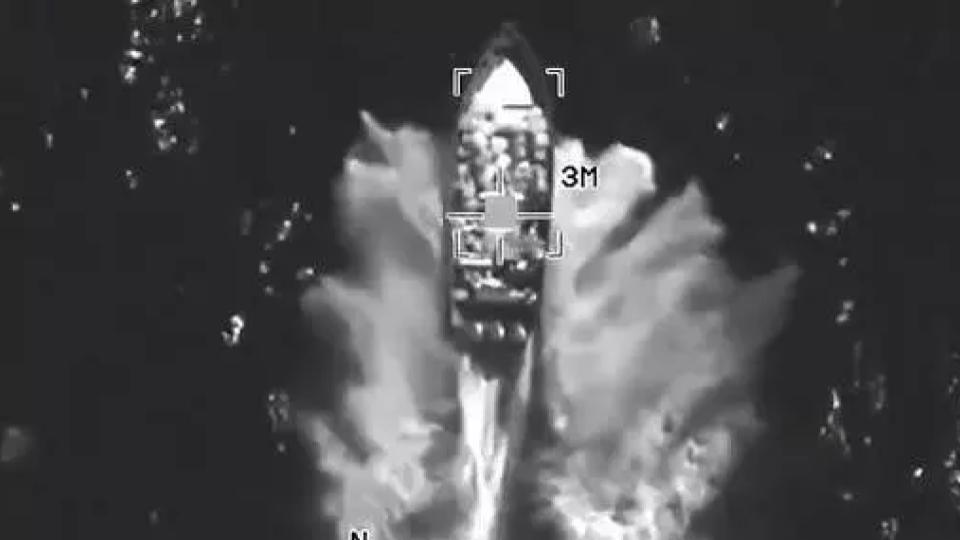
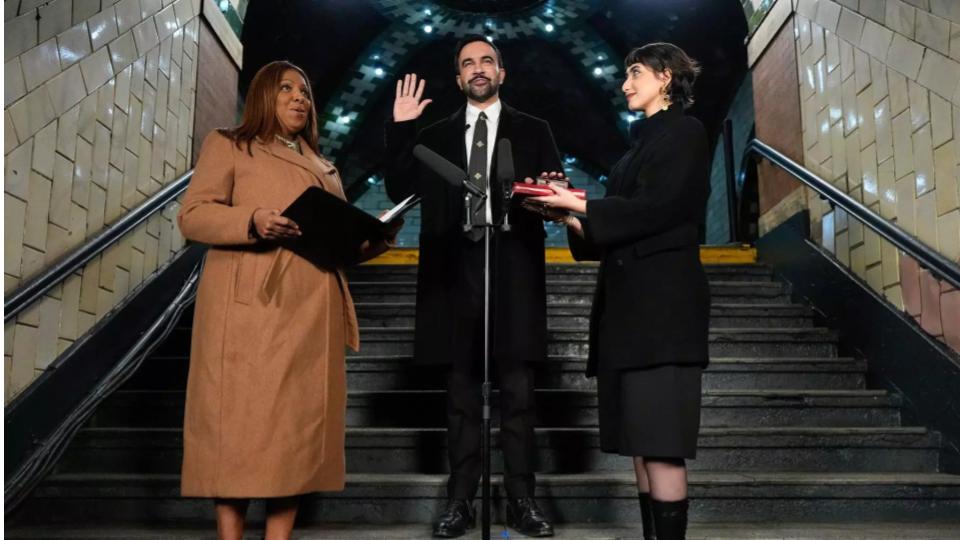
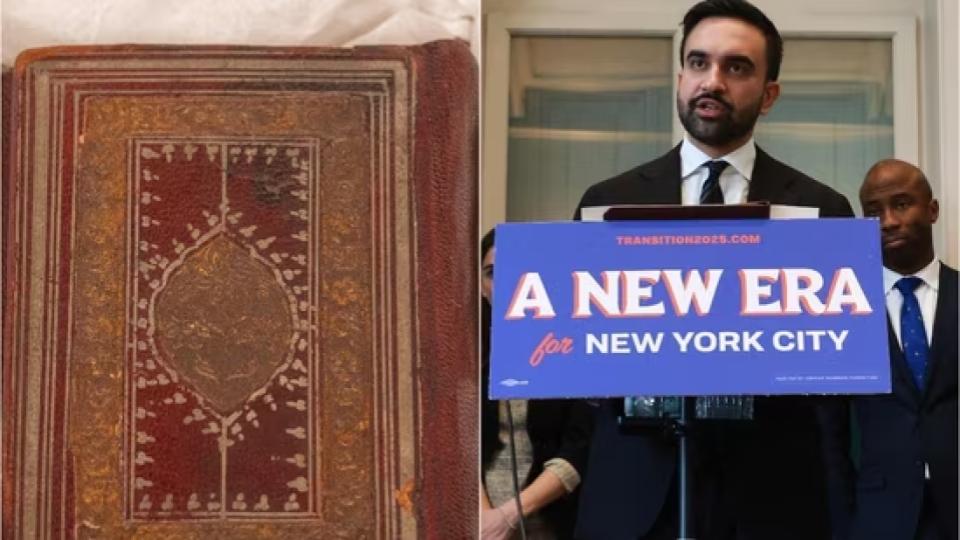



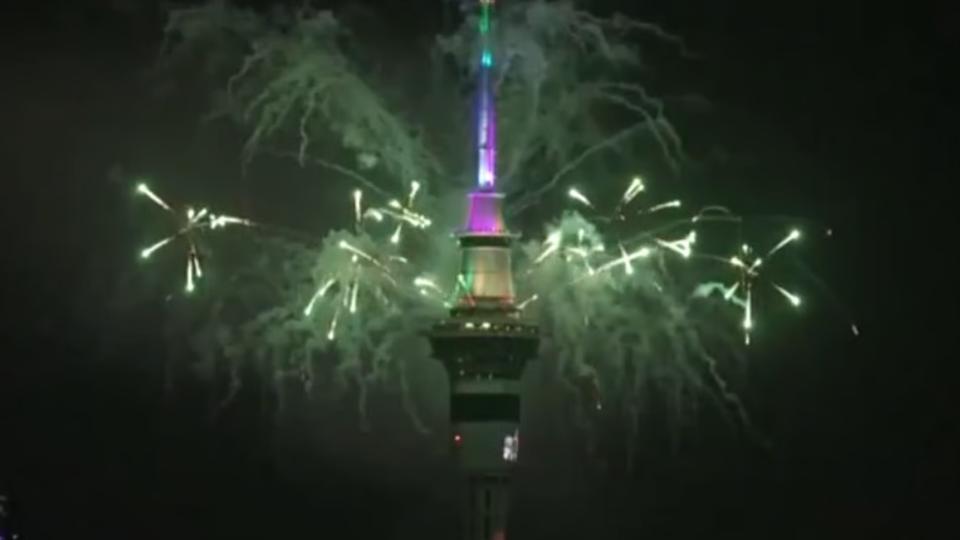


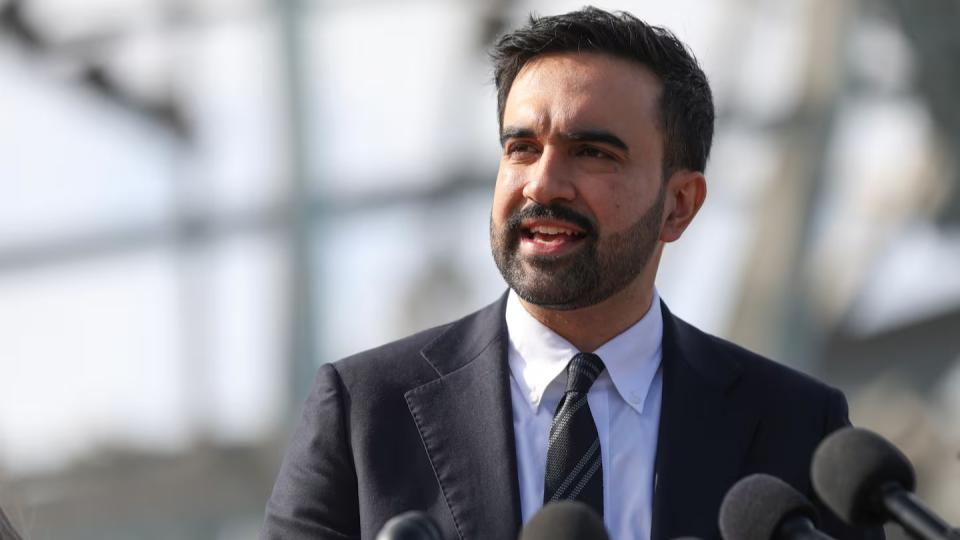
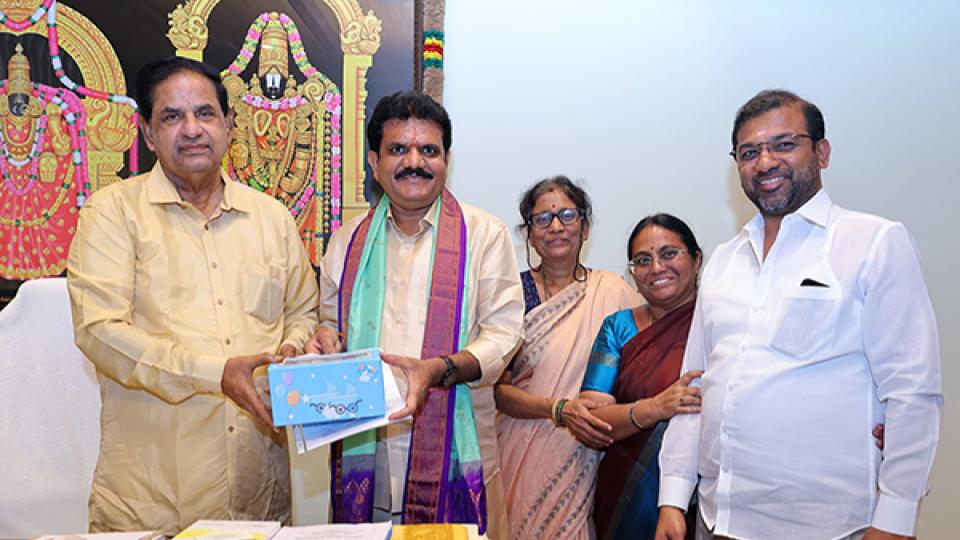

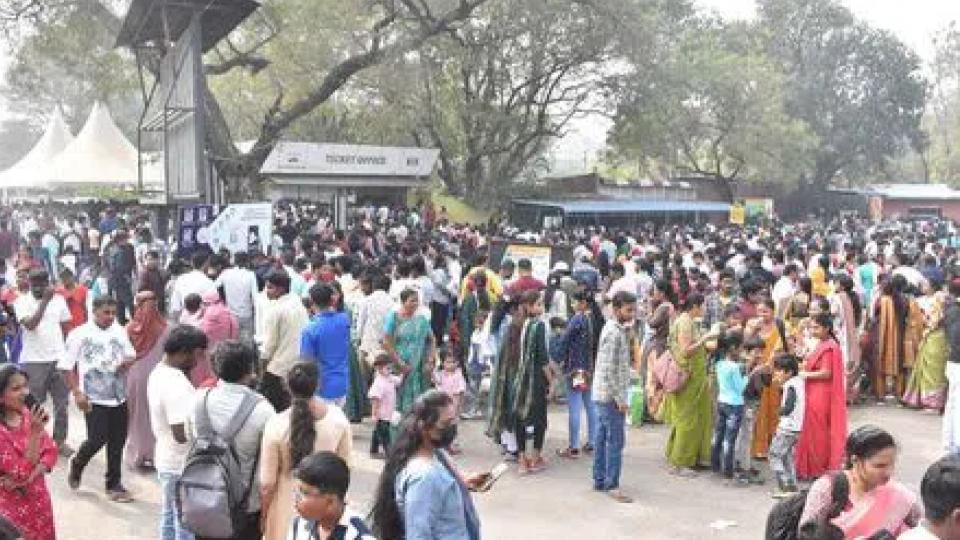





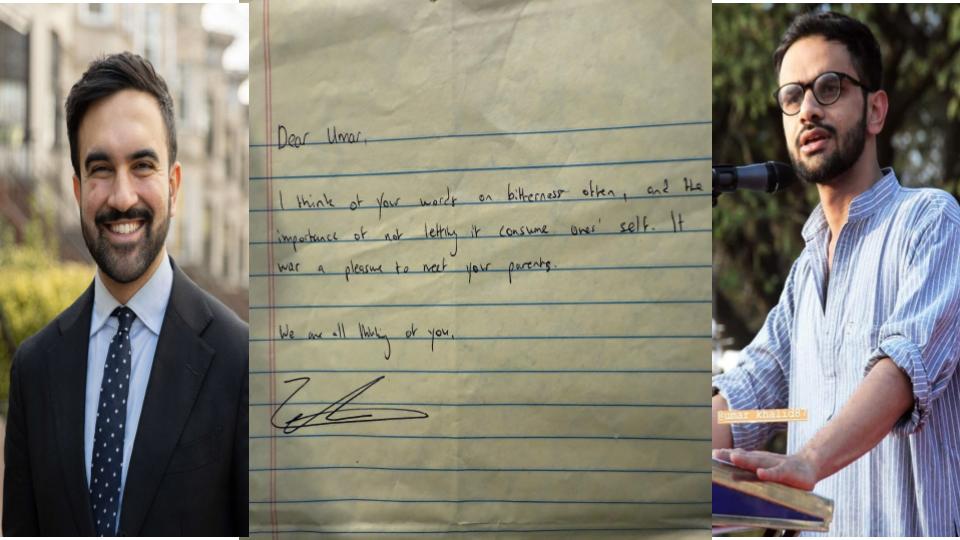




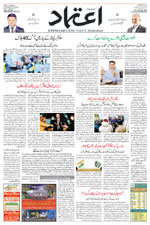


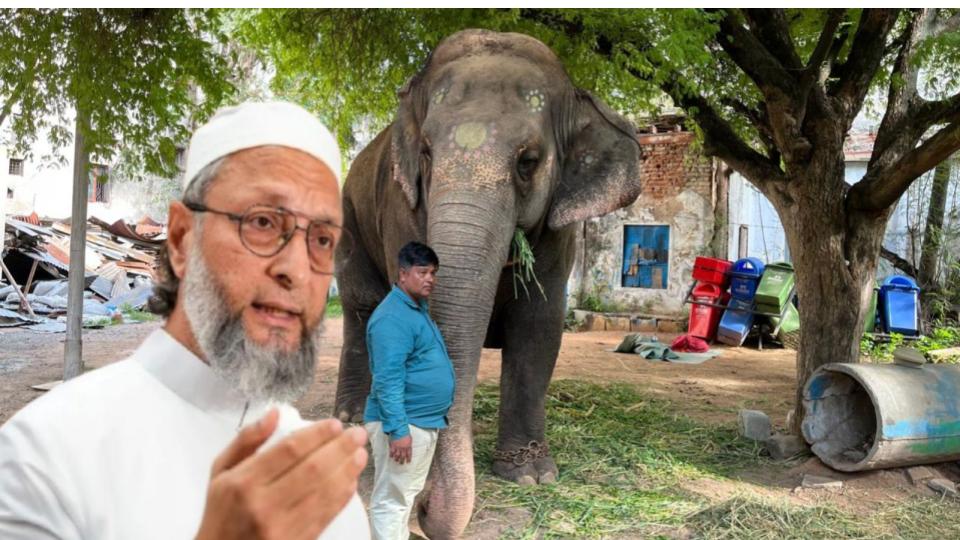


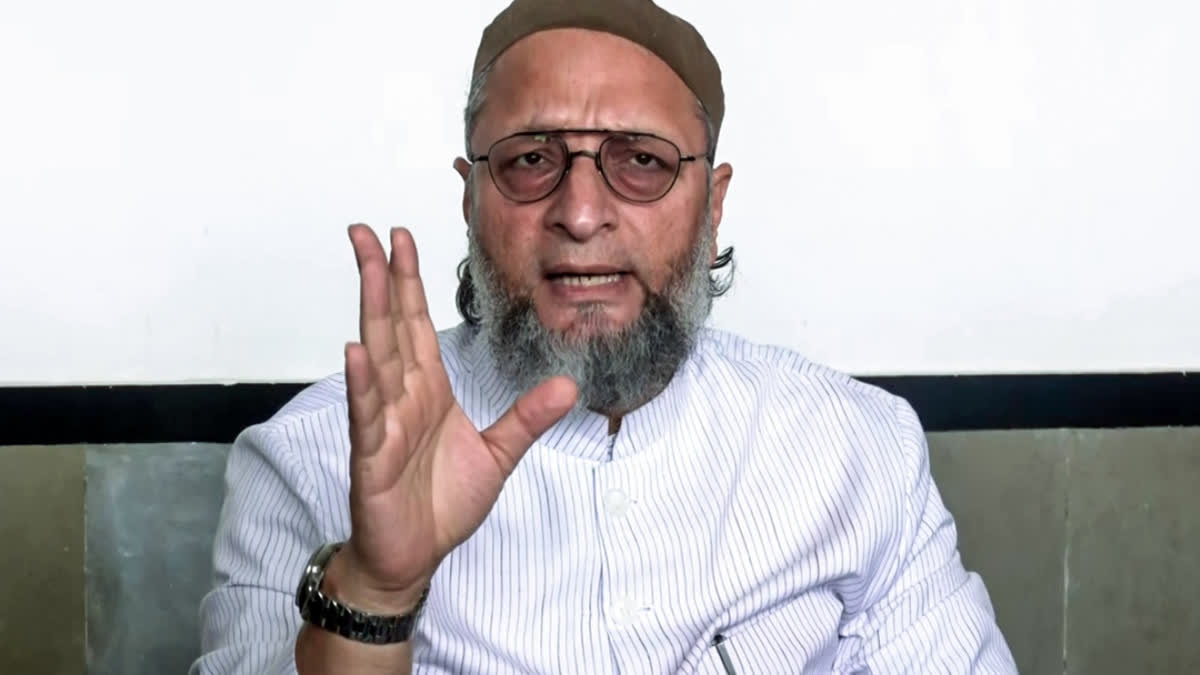
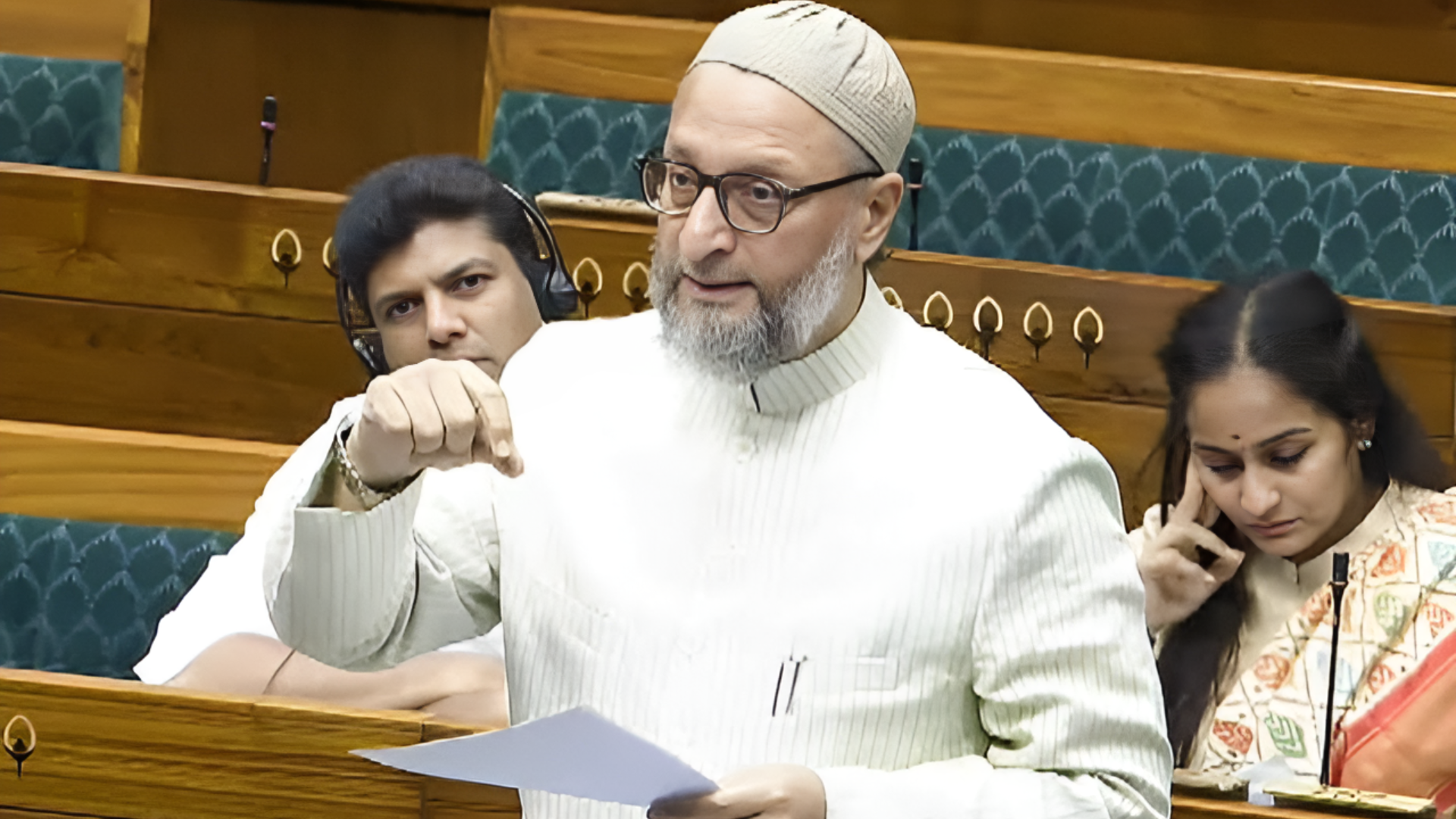
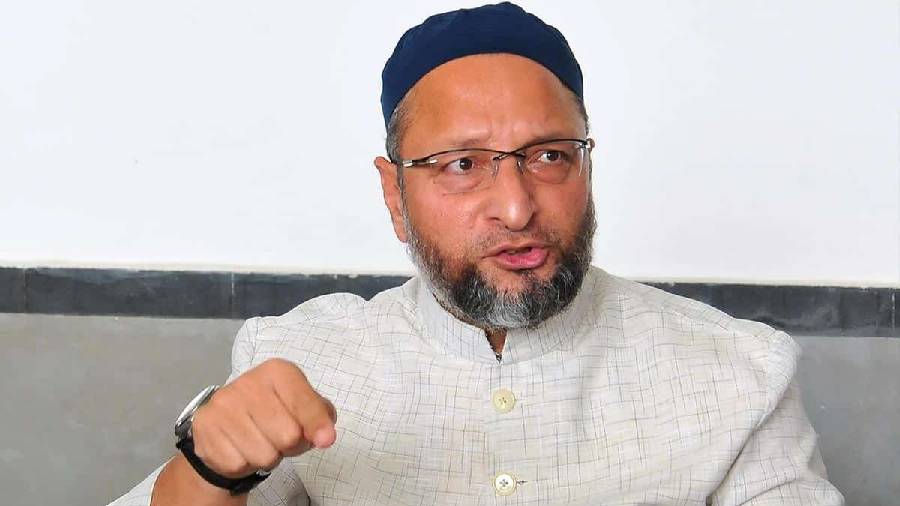
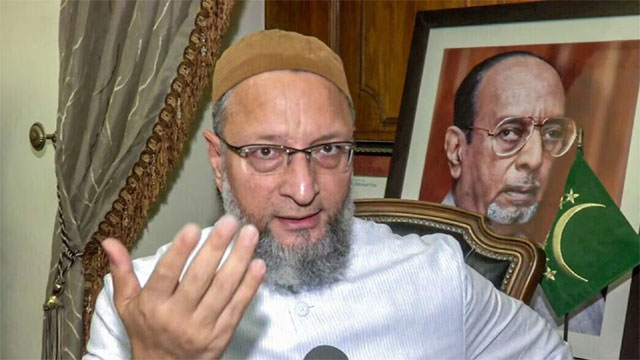
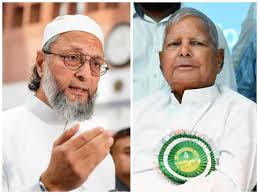
.jpg)
.jpg)
.jpg)


